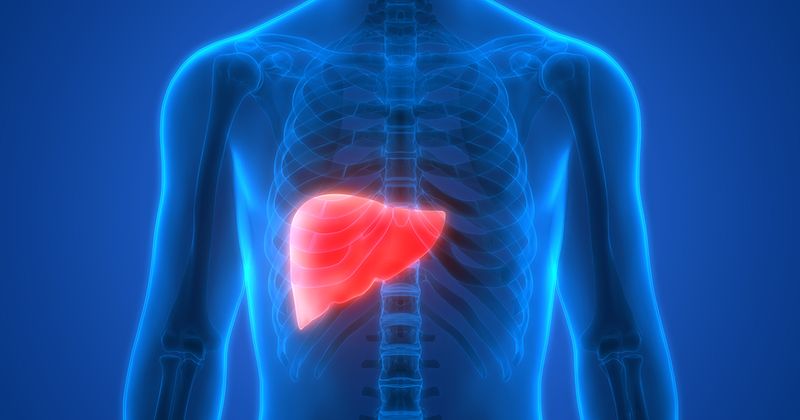Obesity predicts liver disease for children with type 1 diabetes
Click Here to Manage Email Alerts
Clinical and imaging findings of children with type 1 diabetes and obesity were similar to those for children without diabetes with similar degrees of obesity, according study results published in Journal of Diabetes and its Complications.
“Considering the lack of nonalcoholic fatty liver disease prevalence data on age and BMI-matched reference groups in children, and the strong association between obesity and nonalcoholic fatty liver disease, a more appropriate control group, one with similar risk factors is needed to decipher the effect of insulin dependency and glycemic control on liver fat in patients with type 1 diabetes,” Emir Tas, MD, associate professor in the department of pediatrics at the University of Arkansas for Medical Sciences, and colleagues wrote.

In this cross-sectional study, researchers compared 49 children with type 1 diabetes — 15 with obesity (mean age, 14.5 years; 33% girls) and 34 without obesity (mean age, 14.6 years; 52% girls) — with 29 children without type 1 diabetes with obesity who were BMI-matched (mean age, 13.3 years; 35% girls). Researchers measured hepatic steatosis through the vibration-controlled transient elastography (FibroScan, Echosens) method and assessed the diagnostic performance of clinical parameters against nonalcoholic fatty liver disease (NAFLD) status determined through controlled attenuation parameter (CAP) with CAP scores greater than 240 dB/m considered NFLAD.
Overall, 66% of children with obesity had CAP scores predicting NAFLD compared with 16% of children with type 1 diabetes without obesity. Children with obesity had different laboratory and clinical characteristics compared with children obesity without regardless of whether they also had type 1 diabetes.
The CAP score was significantly associated with BMI, HDL cholesterol and HbA1c for all children, including those with type 1 diabetes. Among children with obesity without type 1 diabetes, age, HDL cholesterol and alanine aminotransferase were the most significant predictors of NAFLD.
In addition, researchers observed good to excellent ranges for predicting NAFLD for the diagnostic performance of BMI, HDL cholesterol and BMI:HDL ratio among all children in the study. However, performance of BMI, HDL cholesterol and BMI:HDL ratio varied widely for children with type 1 diabetes only or children with obesity only.
“The importance of these findings and utility of CAP for NAFLD diagnosis in pediatric patients with type 1 diabetes and obesity, and the accuracy of proposed thresholds of BMI, BMI:HDL and HDL cholesterol values to predict NAFLD, require validation in larger studies using MRI or liver biopsy as reference standards,” the researchers wrote.
